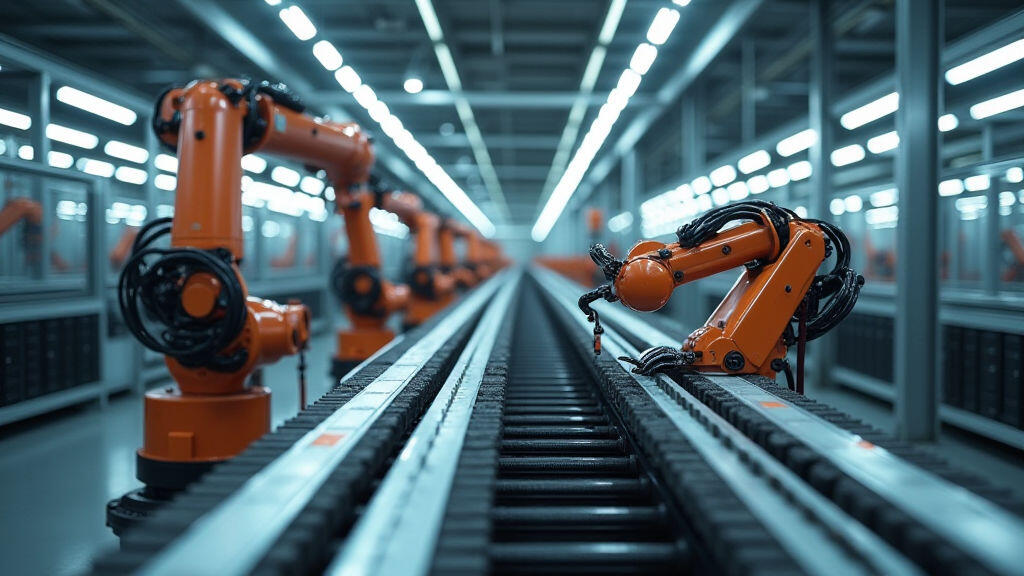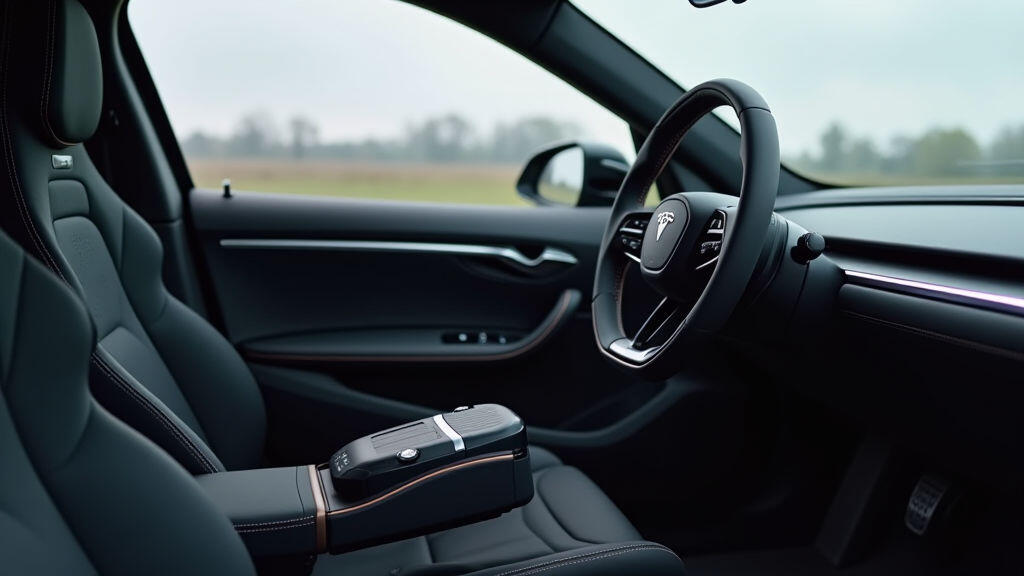Anjing Road, Xiaolan, Zhongshan, Guangdong, China
info@mes-drive.com
08.00 AM-09.00 PM

AI‑Driven Factory Automation Takes Center Stage in 2025
In recent months, global headlines have been dominated by the rapid adoption of artificial intelligence (AI) and robotics in manufacturing—an event that has investors, policymakers, and workers buzzing. From photos of A‑I47 robots arm‑picking parts with surgical precision to press releases of AI‑optimised supply‑chain solutions, the narrative is unmistakable: factories of the future are being written in code, not in paint cans.
Last Thursday, the International Federation of Robotics (IFR) released its annual data, revealing a 23% year‑on‑year increase in industrial robot installations worldwide. Meanwhile, the World Economic Forum projects that AI‑driven automation could contribute up to $4.5 trillion to the global economy by 2027—equivalent to 6% of global GDP. These figures underscore one fact: the heart of every smart machine is the reliable motion it can generate, and behind that motion lie the humble yet indispensable gear motors.

Figure 1 – An automotive assembly line powered by gear motors.
At first glance, gear motors—also called reduction motors—might seem like a dated piece of electromechanical technology. In truth, they are the most versatile on‑board “brains” for motion control. Their benefits are far from trivial:
When AI algorithms command the next movement or correct a production error in the blink of an eye, they rely on gear motors to embody those commands with perfect timing. The synergy is evident: AI decides “turn the arm 45° at 80 rpm,” and the gear motor accomplishes it with sub‑millisecond latency.
A key trend of 2025 is the decentralization of factories. Smaller, distributed units equipped with autonomous robots are popping up in cities across Europe and North America to meet consumer demands for instant delivery. These micro‑factories rely on integrated systems where AI, sensors, and, crucially, gear motors share a common objective: relentless precision.
Consider a recently launched smart warehouse in Hamburg, Germany. The facility uses AI to optimize product flow through automated guided vehicles (AGVs). Each AGV houses lightweight gear motors that control their wheel drives and lifting mechanisms. The motors, when orchestrated by the AI platform, can adjust loads dynamically, ensuring safety and efficiency even during peak holidays.
In the automotive sector, gear motors are carving out a new niche in electric vehicle (EV) technology. As automakers push for higher power densities and lower weight, the transition from traditional gearboxes to integrated gear motor solutions accelerates. Gear motors can directly drive electric vehicles’ steering columns, parking brakes, and even cargo lift systems—minimizing mechanical play that can degrade performance over time.

These deployments translate into clear market signals. According to Allied Market Research, the global gear motor market is projected to grow from $3.8 billion in 2023 to $7.1 billion by 2032, registering a CAGR of 9.3%. This surge is driven by increased automation, renewable energy projects, and automotive electrification—all of which need high‑performance, compact gear motors.
Importantly, the cost curve for gear motors is flattening. Advances in magnetic materials and precision manufacturing techniques have reduced unit costs by 15% over the past three years. At the same time, the “white‑box” design—offering plug‑and‑play integration with minimal programming—has lowered the barrier for small businesses to adopt automation. The result is a virtuous cycle: more automation demand spurs more gear motor sales, which in turn drive product innovation.
With great expansion comes new challenges. The current AI‑controlled manufacturing landscape requires gear motors that can seamlessly integrate with Internet‑of‑Things (IoT) platforms and collaborate with disparate robotic systems from multiple vendors. Standardized communication protocols like OPC UA, MQTT, and CANopen are emerging as the glue that holds this ecosystem together.
From a sustainability standpoint, gear motors are also gettings attention. Their inherent energy efficiency translates into lower carbon footprints, a critical consideration as manufacturers face stricter environmental regulations. Moreover, the durability of gear motors—designed for 10,000 center life cycles—reduces waste and the environmental cost associated with frequent replacements.
The AI‑driven, robotics‑powered revolution of 2025 has delivered headlines, but it’s the reliable motion that keeps economies moving. Gear motors have evolved from simple electromechanical devices into sophisticated, energy‑efficient partners in AI‑guided factories. They bring a trifecta of performance—high torque density, precise control, and compact reliability—that enables industries from automotive to e‑commerce to push the boundaries of automation.
As supply chains become more distributed, vehicles become more electrified, and factories more autonomous, the demand for scalable, high‑performance gear motors will soar. Companies that align their gear motor designs to interface cleanly with AI platforms and sustainable manufacturing practices will find themselves at the forefront of this evolving marketplace.
In a world where the next step often hinges on the smallest click of a control switch, gear motors quietly uphold the promise of the smart, AI‑powered factories of tomorrow—making sure we all get the motion we need to keep moving forward.
Leave A Reply
Your email address will not be published. Required fiels are marked